
Isla Beauty Wants To Be The Most Transparent Brand In The Beauty Industry
There’s an inordinate number of beauty experts on TikTok, from dermatologists to cosmetic scientists, deciphering the beauty industry for armchair enthusiasts. Despite the chatter on social media, when Tracy Dubb, co-founder of nearly 6-year-old early-stage investment firm Beliade, which has Kosas, Ceremonia and Heyday in its portfolio, began backing beauty brands, she wasn’t always able to separate fact from fiction.
“I felt like the clean beauty stuff left me with a lot more questions than answers. From person to person, you got a different story and, oftentimes, a different set of facts,” she says. “There was a lot of marketing stories out there and a lot of personal opinions, but, as a consumer, I was concerned about safety, but also wanted products that worked.”
Prior to connecting with Dubb in 2018 through a mutual beauty industry contact, Charlie Denton, who’s family established Australian cosmetic manufacturer Devcos over 50 years ago and who previously started clean beauty brand Crop Natural, was frustrated by brands bombarding consumers with promotional messages that didn’t factor in the authority of their manufacturers with extensive knowledge about products that worked. He thought beauty brands should celebrate rather than snub or, at the very least, ignore their partners.
“People that were selling the products were leading the conversations with marketing terms and things consumers would catch onto, but there was this big gap of information from the scientists and the people actually building the products in the lab,” he says. “I was seeing the predicament from the product side, and Tracy was seeing it from the investment side. To us, it was this light-bulb moment.”
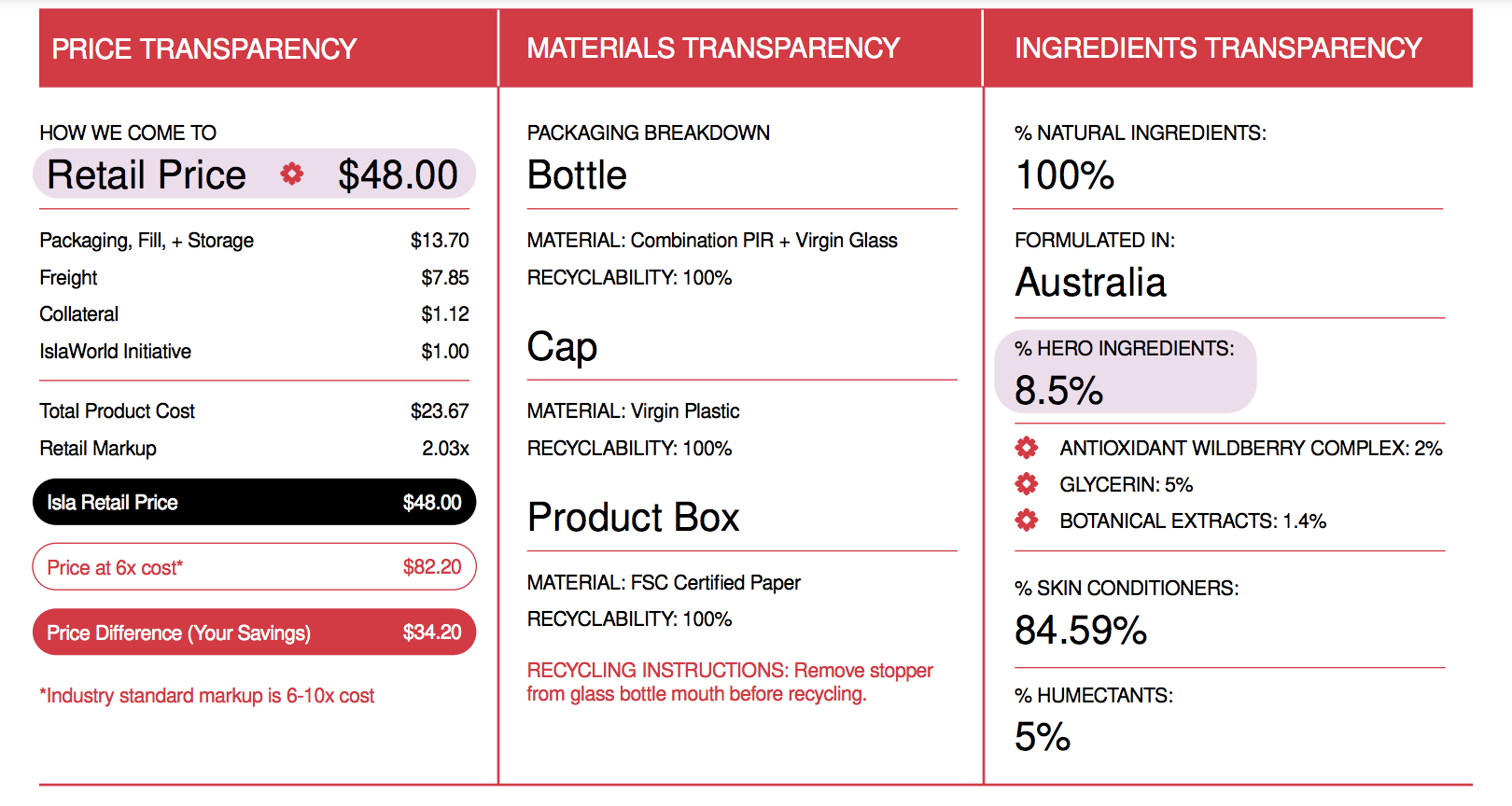
That light-bulb moment led to the launch of Isla Beauty in 2020, a brand with transparency baked into its model to help beauty shoppers make informed purchasing decisions. Amplified with a website refresh premiering today, Isla Beauty’s approach to transparency is centered on four pillars: pricing, packaging, formula quality and manufacturing integrity. It shares markups, the percentages of active ingredients in its products along with the percentages of natural and synthetic ingredients, the materials of its various packaging components and disposal instructions for them, and the locations and specialties of its labs.
“People are sick of having things marketed to them where they think it’s all spin,” says Denton. “I think honesty and integrity are the next movement, and we were doing it from the jump and trying to communicate nuances instead of what might an easier pathway to use fear-based tactics or tear down other products. I think people are starting to move away from that, and they want to understand the bigger picture.”
The notion of transparency has been the subject of much discussion in the beauty industry. Exactly how transparency is defined and its value has been hotly debated. Clean beauty brands championed the idea to emphasize they weren’t avoiding mentioning certain substances in their ingredient lists, and brands like The Ordinary and The Inkey List adopted it to underscore they were putting high percentages of active ingredients in their formulas without charging high prices.
To Dubb and Denton, transparency doesn’t equal overwhelming consumers with details. They believe consumers can get lost in the details, so they choose the ones they highlight carefully. Isla Beauty divulges the percentages of active ingredients in its products, but not the percentages of every single ingredient. Whipped Dream, its day and night repair moisturizer debuting this month, contains 5% niacinamide, 4% murumuru butter, 4% vitamin E, 3% glycerin, 1% ceramides, .3% ectoin and .05% hyaluronic acid. Overall, it’s 93% natural.
“People are sick of having things marketed to them where they think it’s all spin. I think honesty and integrity are the next movement.”
Although there’s been some pushback to active ingredient percentage disclosure due to concerns it can be misleading, misinterpreted by consumers or distract from the importance of formula composition, Isla Beauty has discovered it’s the element of its transparency that customers gravitate to the most. “People know enough now about beauty to look for that, and I think that is what probably gives the most immediate value to the broadest group of customers,” says Dubb.
Addressing the pushback against active ingredient percentage disclosures, Denton says, “A customer will always benefit more by having that information on key ingredients than not. For example, taking hyaluronic acid or niacinamide as popular examples that we also formulate with. Knowing that they are at active and even [the] highest recommended concentrations versus marketing concentrations is extremely useful in understanding if you can expect results in line with claims about what those ingredients do.”
Across its assortment currently consisting of four products (bestselling $54 Storm Serum, $48 Tone Balance Elixir, $46 Face Base Priming Moisturizer and $54 Snow Scrub Exfoliator), Isla Beauty’s average markup is almost 2X. Denton points out that Isla Beauty’s “product costs sit consistently at half retail costs.” He elaborates that, if the brand’s markup was closer to the industry norm of 8X to 10X, its products could exceed $100 or $200 at retail. Denton says, “It’s not unusual to see $200-plus products coming out of our factories.” Isla Beauty is largely sold in direct-to-consumer distribution. Outside of DTC, Ssense has stocked the brand, and it’s exploring possibilities to expand its wholesale business.
At Isla Beauty, third-party manufacturing is an integral product development tool and selecting a lab partner is among its initial product development steps. Denton explains, “Sometimes, it predates product conception, and we work hand in hand with a lab to turn their newest technology into a product that is perfect for Isla…We are going to different labs around the world that specialize in different technologies to build products from the ground up.”
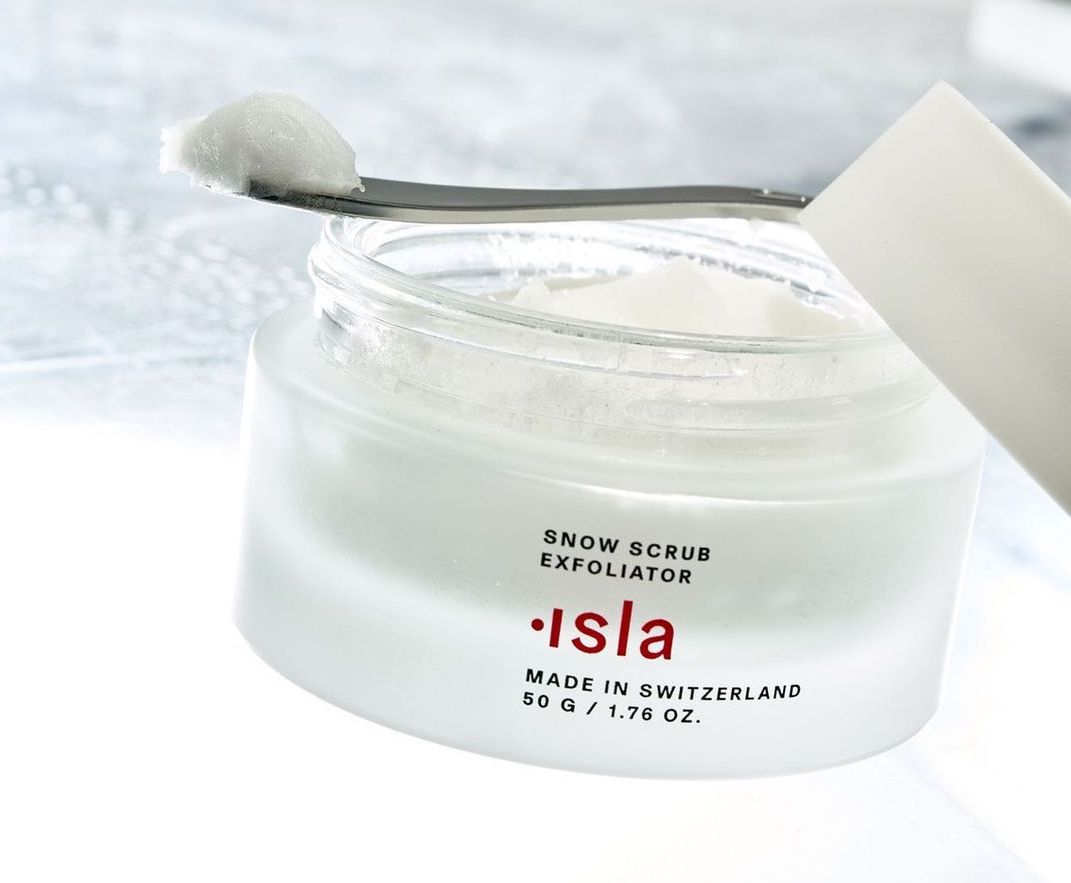
He continues, “For many brands who use third-party manufacturing, it can be quite opaque, which we believe is part of the reason they aren’t more forthcoming about it. Instead of trying to hide it behind vague manufacturing stories, we believe our lab partner’s experience, track record with us and others, and very existence speak to our product’s integrity. We want to share this piece of the story.”
While Isla Beauty doesn’t provide the names of its manufacturers, it shines a light on their track record for its audience. On its product web page about Storm Serum, the brand writes that it works with a company in Switzerland that “is the world leader in skincare innovation. It specializes in formulating with locally sourced ingredients.” Denton says, “For us, giving information about each lab isn’t necessarily the story. The story is about knowing where to go to build the best product.”
Isla Beauty houses its products in glass, but Denton and Dubb acknowledge that glass isn’t a sustainability miracle. The heaviness of glass can cause greater emissions than its lighter material competitors in the beauty space. The brand will be leaning into refillable packaging in the future, another sustainability option that’s not perfect. Dubb says, “If you see us on our Instagram, we don’t call ourselves a ‘sustainable’ brand because we think it lends itself to greenwashing. What does it mean?’ Rather than just saying we are sustainable, we try to be specific about what we are doing.”
Isla Beauty’s transparency fosters trust that’s sparking growth and loyalty, according to Dubb. The brand is projecting its sales will multiple 3X to 5X this year after doubling last year. Repeat orders are responsible for 42% of sales. Going forward, Isla Beauty will advance into the skincare-makeup hybrid arena as it remains dedicated to multipurpose products with powerful active ingredients at their core. “Our ethos is not creating a million SKUs like skincare brands have done in the past, but asking ourselves, ‘What is the most effective thing we can do in this category?’” says Dubb. Predicting where Isla Beauty might be in five years, she adds, “I want people to say we are the most transparent brand in beauty.”

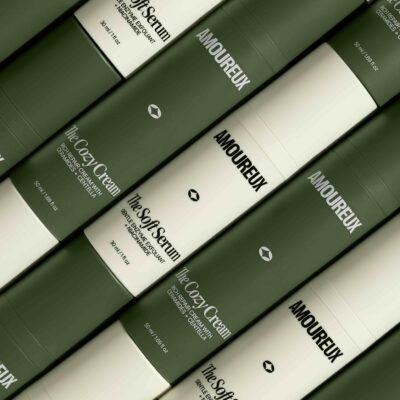
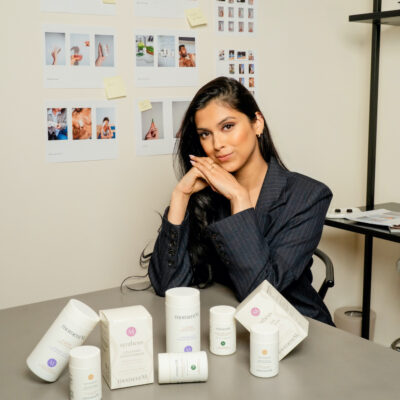
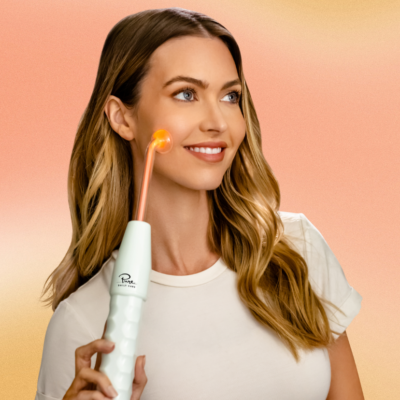
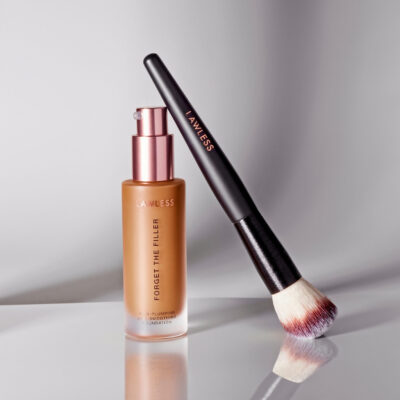
Leave a Reply
You must be logged in to post a comment.